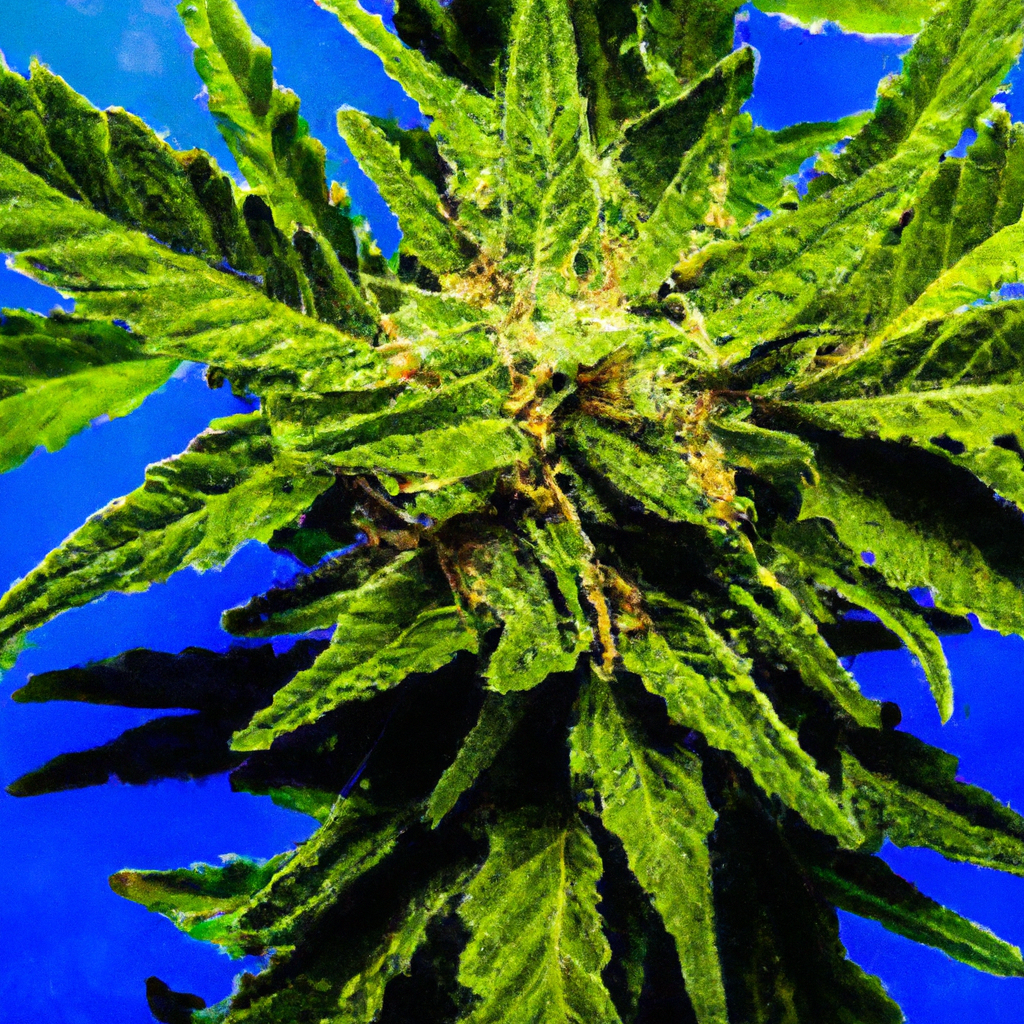By John “Magic” Greenleaf
Tagline: “Growing greatness, one strain at a time.”
High-altitude growing poses unique challenges and rewards, particularly when it comes to unlocking the full flavor potential of cannabis. Thinner air and increased UV exposure not only foster resiliency in plants but can also enhance terpene production—those magical molecules responsible for cannabis’s unique aromas and flavors. Let’s explore the intricate dance between altitude and terpenes and how you can use this to your growing advantage.
The Science Behind Terpenes at High Altitudes
Terpenes are produced in the same glandular trichomes as cannabinoids and serve multiple functions, from attracting pollinators to offering protective benefits against pests and harsh environmental conditions. At high altitudes, cannabis plants are exposed to greater UV radiation, which encourages them to produce more resin—a terpene-rich substance—essential for self-protection.

Strategies to Amplify Terpene Profiles
- Spectral Light Manipulation: Utilize full-spectrum LED lighting to mimic the sun’s natural radiation, enhancing terpene synthesis.
- Temperature and Humidity Control: Maintain optimal growing conditions with cooler nights and daytime humidity levels kept at 45-50% RH to protect and maximize resin production.
- Organic Nutrients: Use organic cultivation methods to ensure no synthetic chemicals suppress the plant’s natural terpene production pathways.
Case Study: Mile High Mystique
“Mile High Mystique,” a personal favorite hybrid, demonstrates how altitude can enhance the terpene experience. Grown at over 8,000 feet, this strain is celebrated for its calming effects and a complex bouquet of lavender and earthy undertones, arising from its robust terpene structure optimized by the high-altitude environment.


Leave a Reply